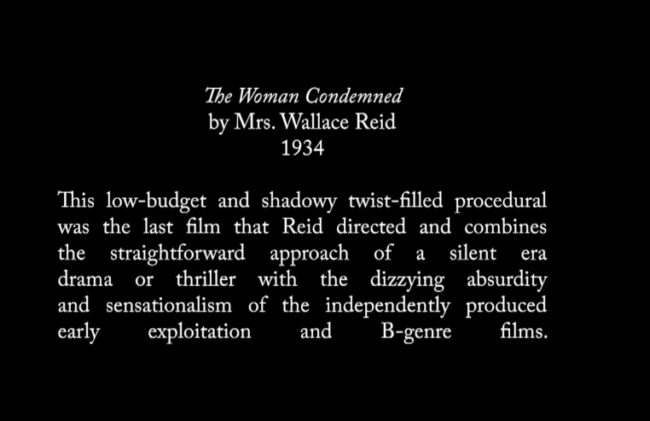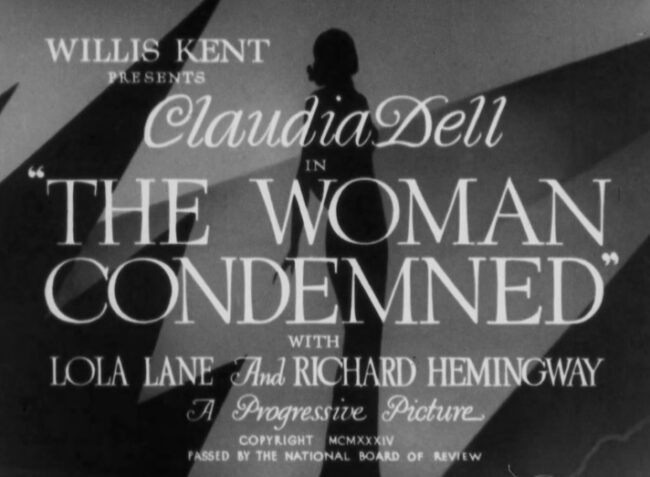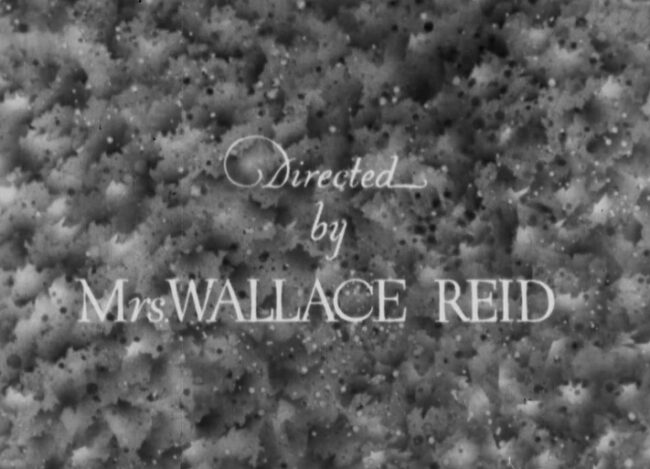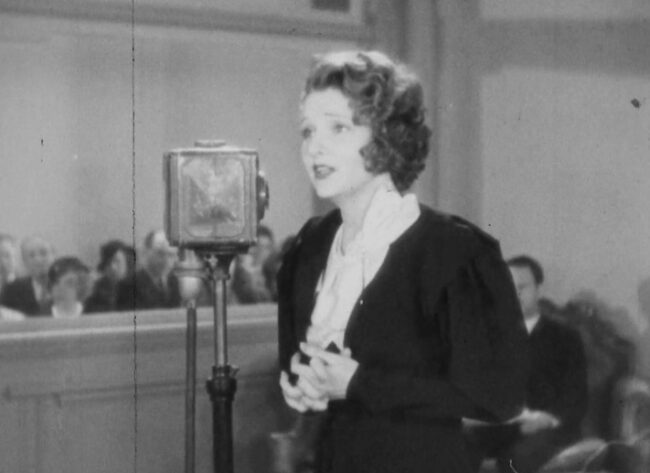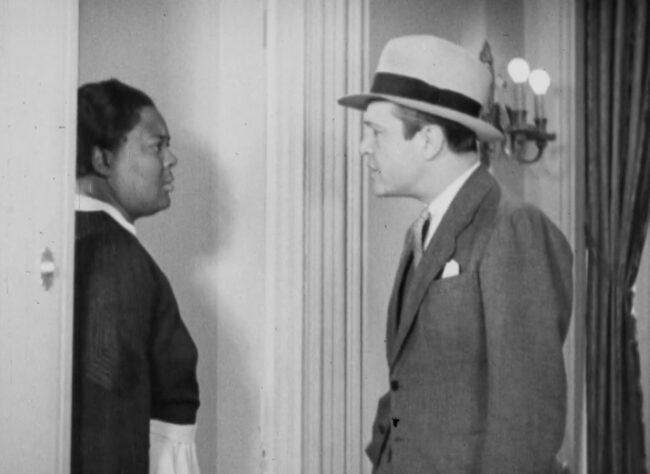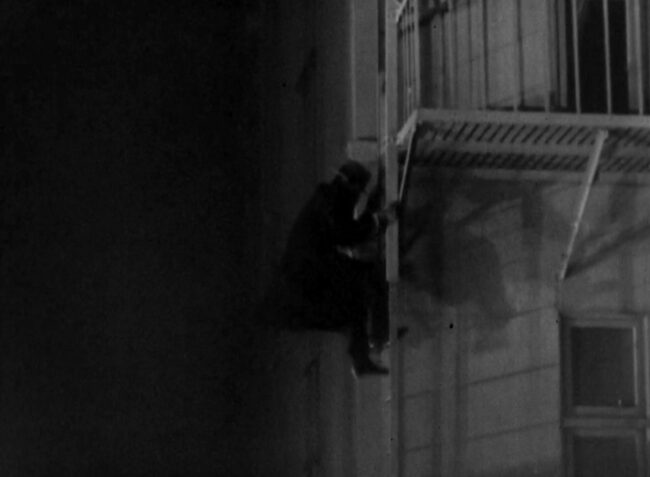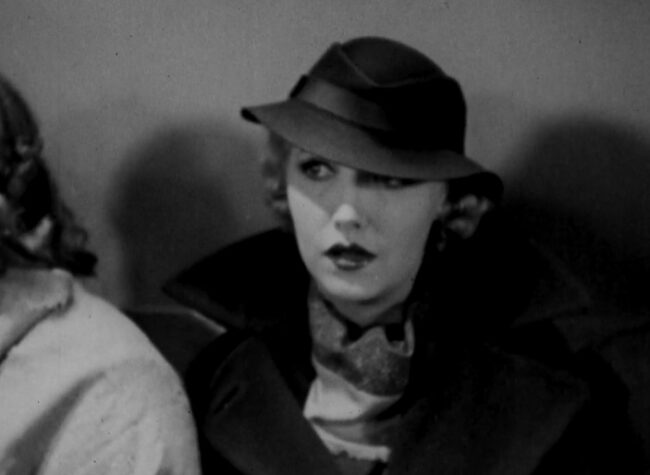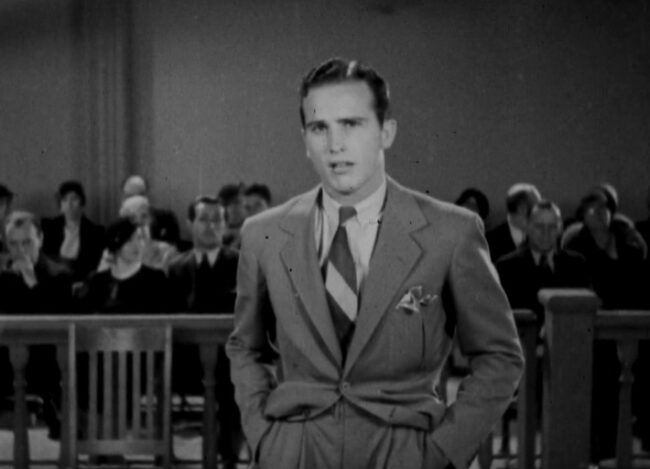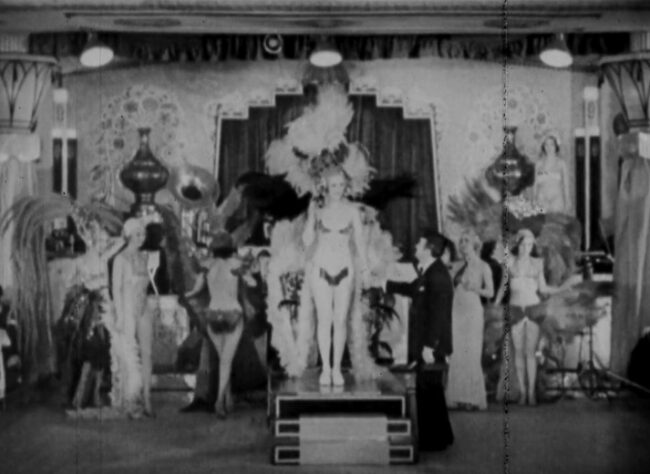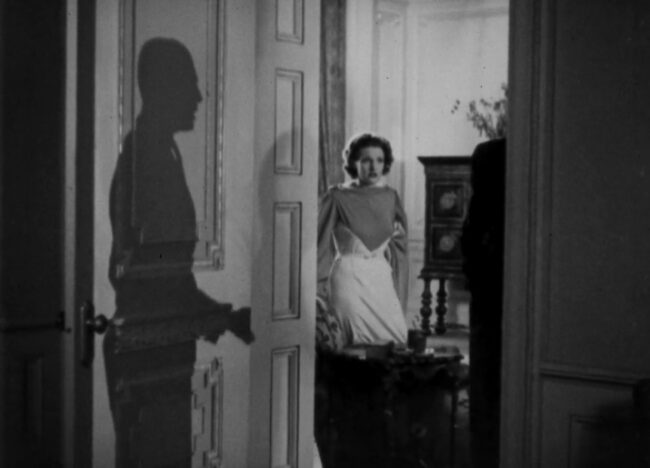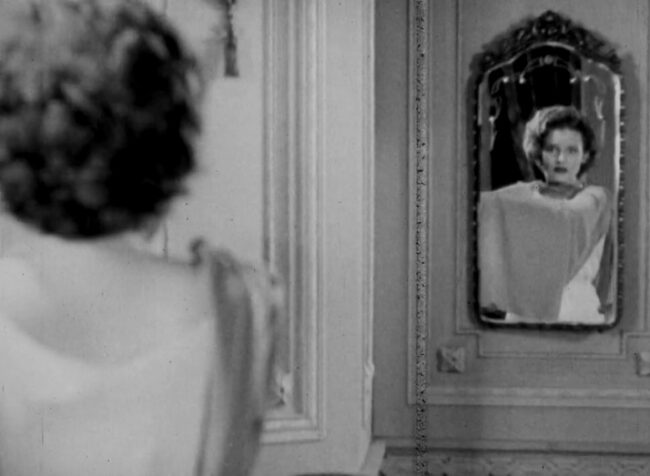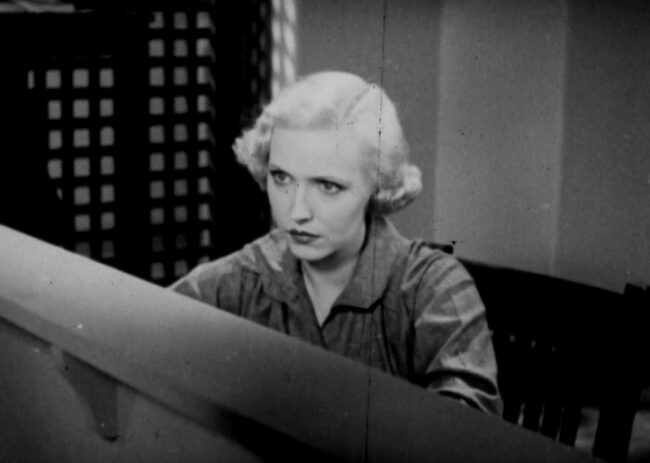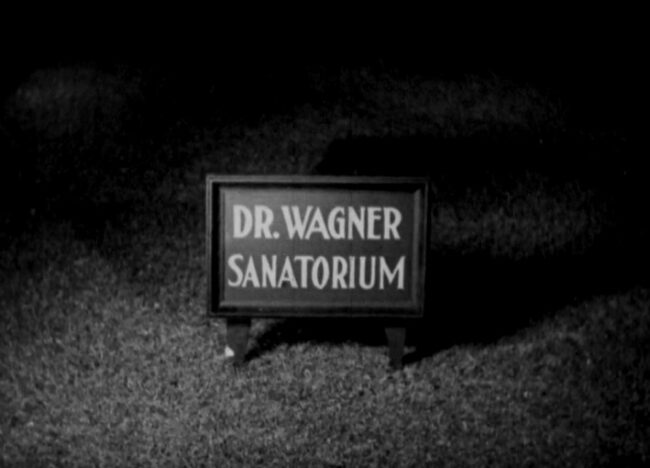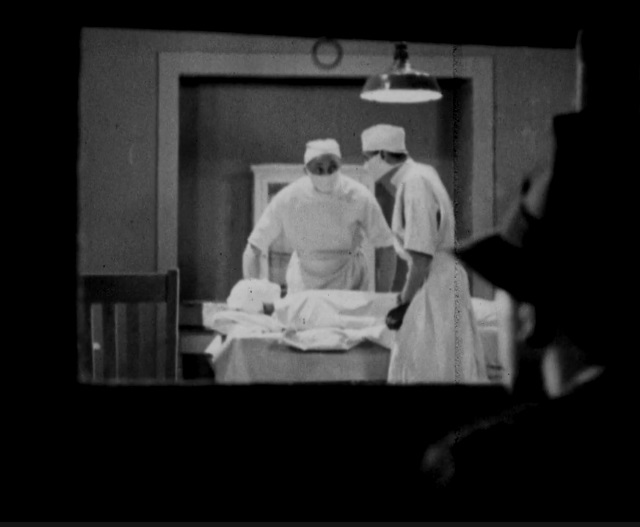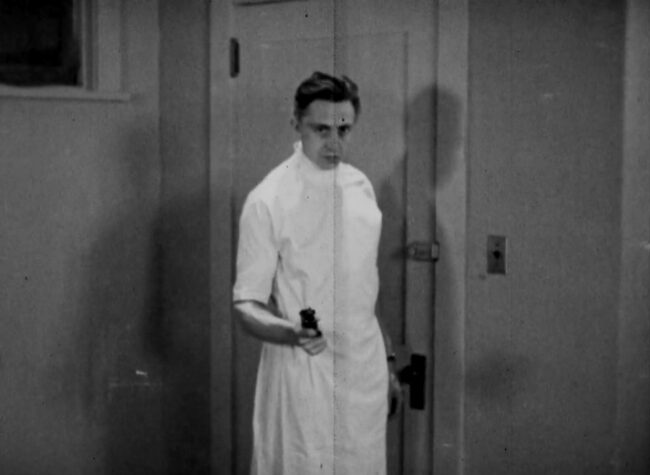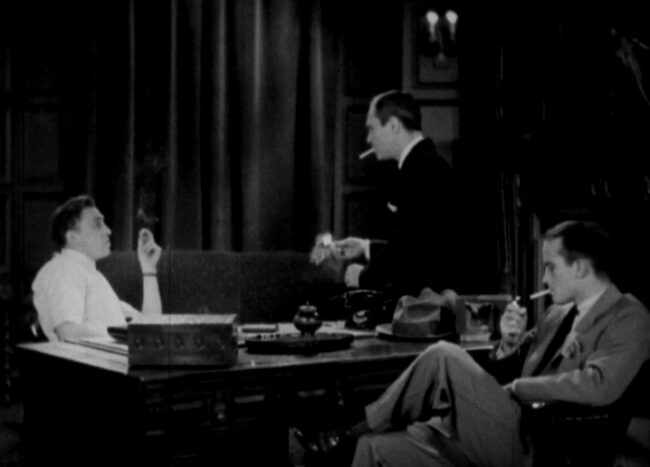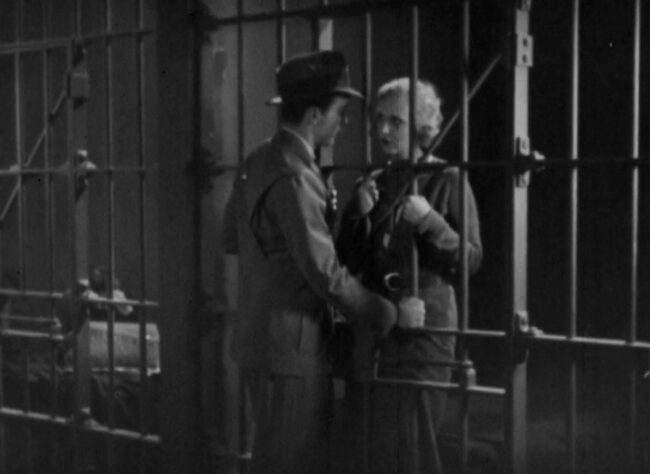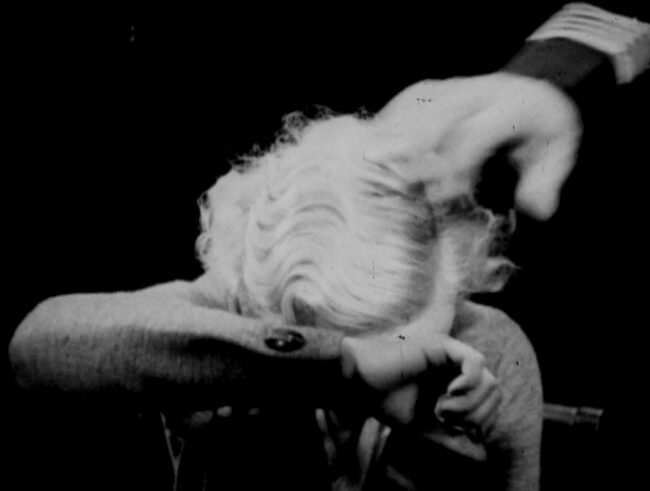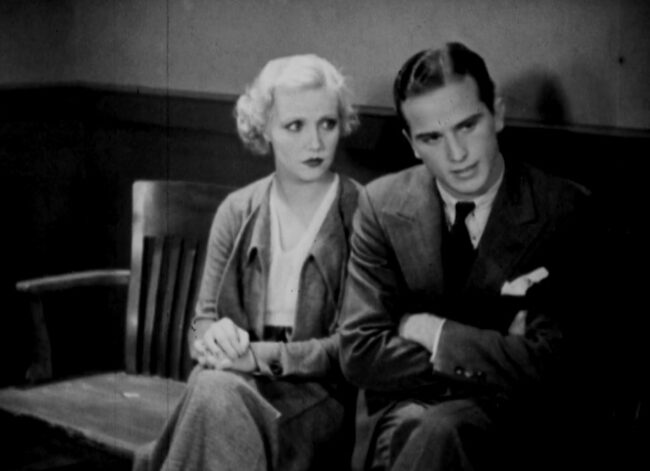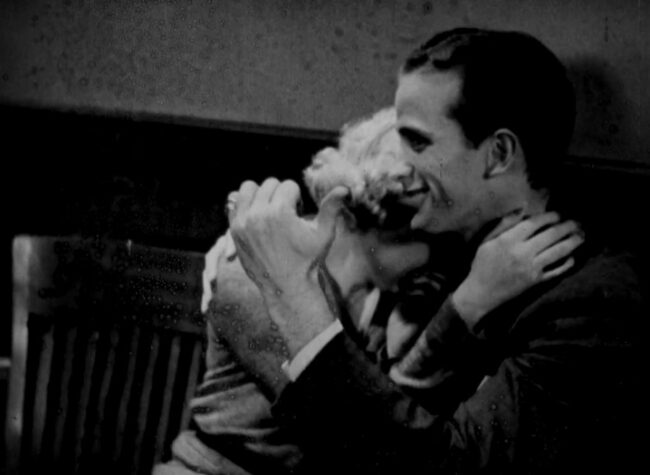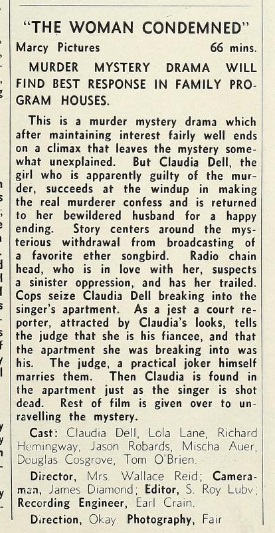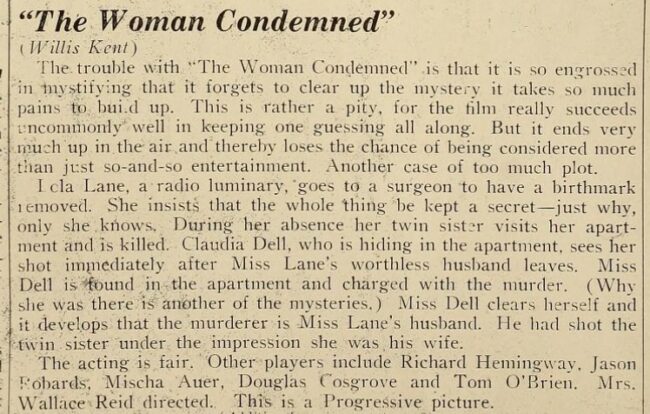Like
Starring: Claudia Dell, Lola Lane, Richard Hemingway, Jason Robards Sr., Paul Ellis, Douglas Cosgrove, Mischa Auer, Sheila Bromley, Louise Beavers, Tom O’Brien, and Neal Pratt
Directed by: Dorothy Davenport (as Mrs. Wallace Reid)
Released by: Marcy Pictures / Progressive Pictures
Runtime: 64 minutes
Release date: April 4, 1934
Not to be confused with: The Woman Accused (1933)
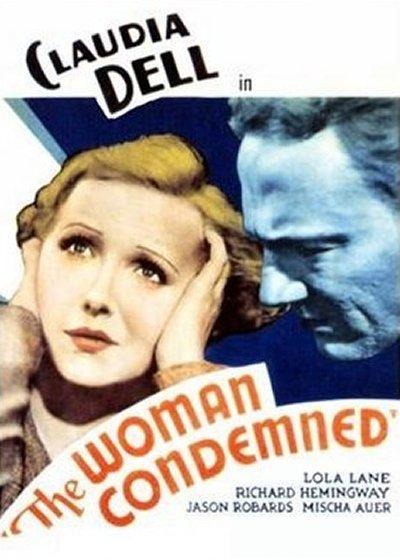
Availability
The Woman Condemned was an independent production.
Its copyright was not renewed and it is currently in the public domain. Copies of it are discoverable on the Internet Archive, Amazon, YouTube, Daily Motion and other popular streaming sites.
It recently appeared on The Criterion Channel in what is probably the best copy of it you’re going to find.
Proof That It’s Pre-Code
- Barbara Hammond (Dell) ends up at night court early in the film after being caught prowling. The defendants include bootleggers, sobbing women with black eyes, drunk driving socialites, and ladies dressed in the finest minks and furs on their umpteenth charge of soliciting.
- A series of scantily clad beauties is trotted before the camera in a very-obvious shot-from-the-audience sort of sequences.
The Woman Condemned: Trapped in the Silence
“Will you trust me a few days?”
There’s a certain tangible reality in low-budget films that can be quite charming. The more professional polish you put on a motion picture, the more fantasy you inject into it, even if it’s just using editing to show the passage of time. Low-budget films, often built as a way to maximize the footage shot over narrative logic, leaves you with flubbed lines, drawn out driving scenes, and lengthy amounts of time to just sit and soak in a film. It probably pays for you to know what kind of picture you’re getting in; The Woman Condemned has lengthy scenes of people dialing rotary phones, number-by-number, if you want to know what kind of camp this falls into.
A blackmailed radio star Jane Merrick (future Torchy Blane Lola Lane) leaves her adoring audience and several questions about her sudden departure behind. A mysterious doctor calls her. An old lover stops by. A stalker is sited on her balcony and chased off by the police. A short time later, a woman is caught slinking about on the same balcony and this time she is caught by the police.
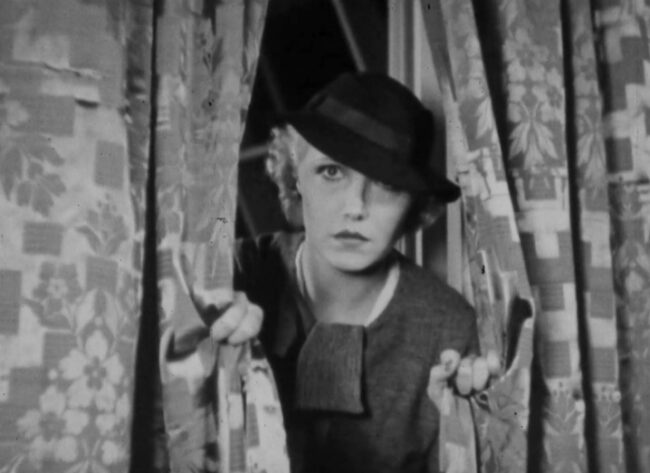
This is Barbara Hammond (Claudia Dell), who is sent to night court as a peeping. Barbara, whose main attribute seems to be donning a chapeau that is cunningly covering one eye at all times, refuses to explain herself. She’d be in a lot more trouble if not for fast-talking reporter Jerry (Richard Hemingway), who instantly takes a liking to her and tries to get her out of trouble by claiming she’s his fiance and a practical joker. The judge relents, plays a joke of his own: he marries the pair in the process.
Barbara is determined to find out the mystery behind Barbara’s disappearance, but soon after she’s found with a gun in her hand next to a dead body and it’s up to her newly minted husband to unravel just what the hell is going on in this convoluted mess.
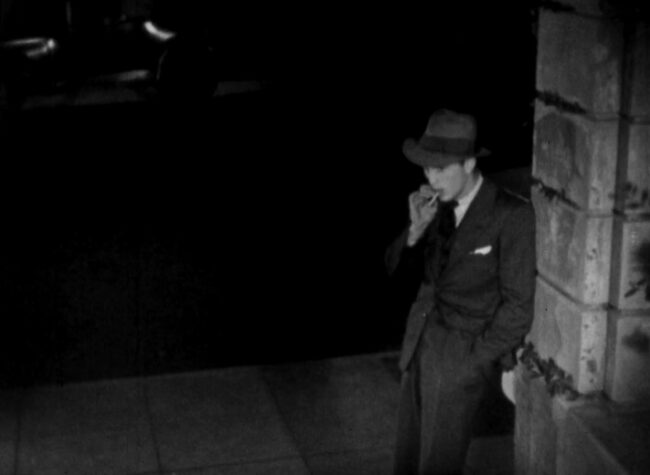
An independent production, The Woman Condemned feels a few years older than it is. Sections of the film were obviously shot silent and dubbed over later on, other sections feature rudimentary sound work. The film’s lack of a score and turgid pacing are matched by on location camera work through darkened New York City streets and from the back of gaudy nightclubs.
Anyone expecting rat-a-tat pre-Code dialogue will be sorely pained. In fact, anyone taking my ‘Like’ up above as a recommendation may want to take a deep breath before actually sitting down for this film. Characters aren’t introduced but slide through, and it’s easy to mix them up when they move through the film with all the urgency of a Sunday stroll.
There are plot holes her big enough in this thing to drive a truck through. Our lead’s motives for every single one of her actions throughout the entire film leave me completely mystified. Why– why does she do… anything? It’s dream logic by way of indifferent screenwriting.
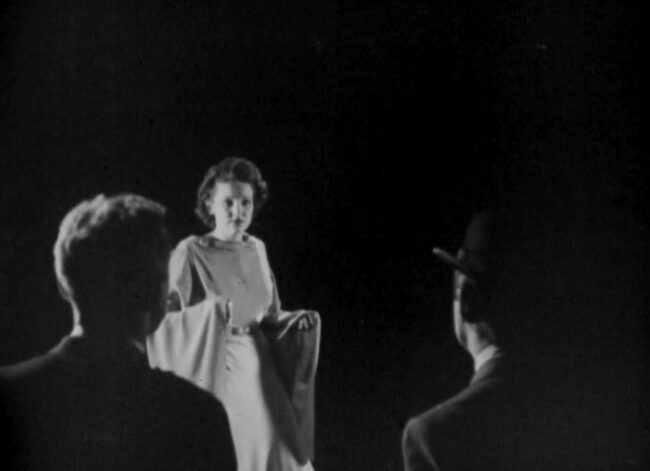
Now contrast the film’s lackadaisical editing and writing to its endings, which involve using a pair of plot twists that are both incredibly hoary and insulting in ways that still don’t make much sense.
What’s real here? Jerry stands in the shadows and smokes a full cigarette before flicking it away. As a mood, this film is incredibly relaxing. Just a brush with mystery, a few long nights and a couple of puzzles– some solved, some not. The film may not be good in any traditional sense, but it captures something unique nonetheless.
More Images
Trivia, Miscellany & Links
- Dorothy Davenport AKA Mrs. Wallace Reid, the film’s director, was one of the few female directors working in the early 1930s. Davenport’s life is a fascinating tale of tragedy and drive; here’s a good article that runs through her noteworthy and tumultuous life. If anyone is looking for a book to write, her story would make an interesting one.
- I had a little chuckle when a character named Mary Stevens popped up, though her sob story sounds like something more from Faithless than from that film.
- Richard Brody wrote this one up in the New Yorker, surmising, “Where many studio films depict the sordid night world of swift operators, this work of marginal cinema seems to belong to it.”
- Some contemporaneous reviews:
- Other links:
More to Explore
What is Pre-Code?
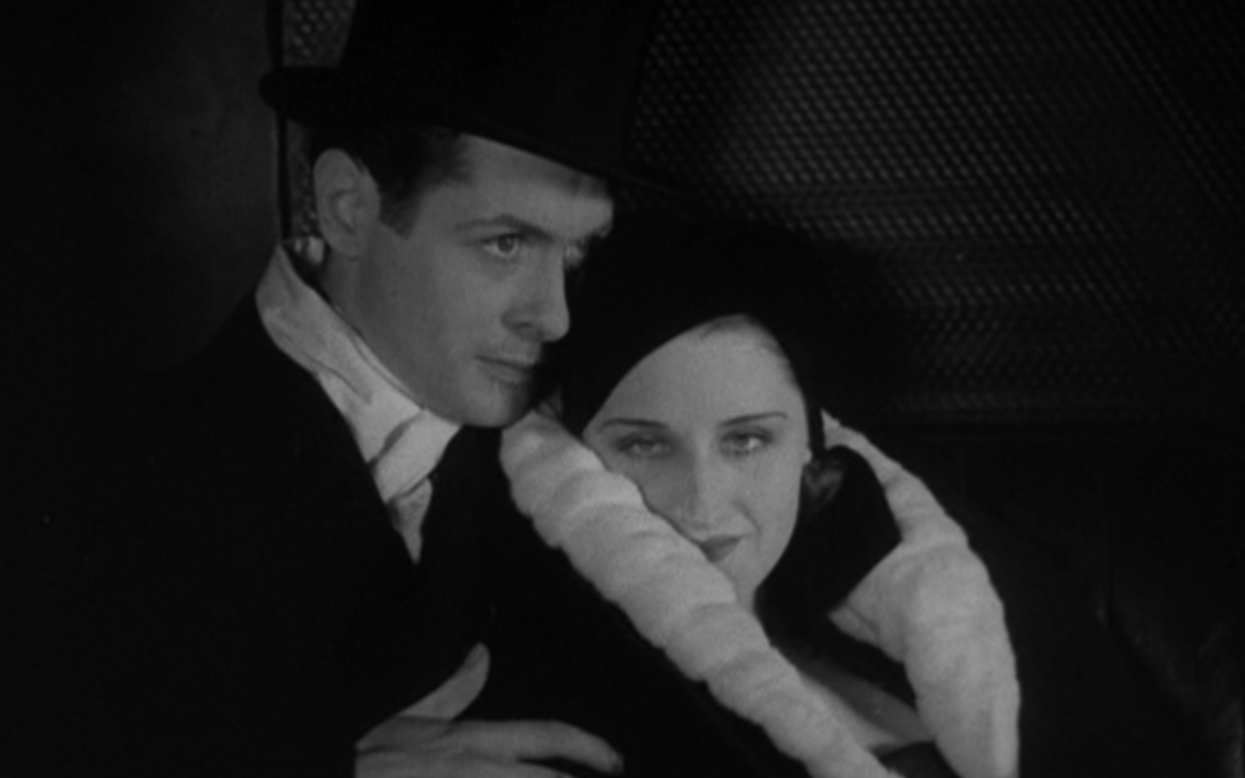
Click to learn more about pre-Code Hollywood, 1930-4, when movies were sexy, smart and sophisticated.
Index of Film Reviews
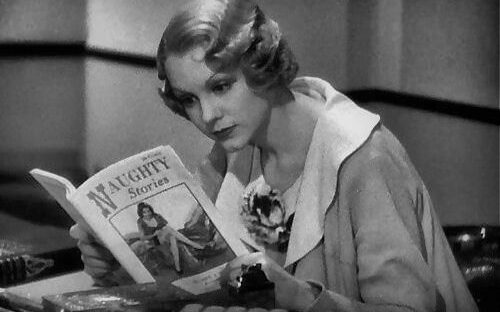
Browse all of the movie reviews on the site as well as schedules and pages that detail the world of pre-Code.
Explore the Pre-Code Era
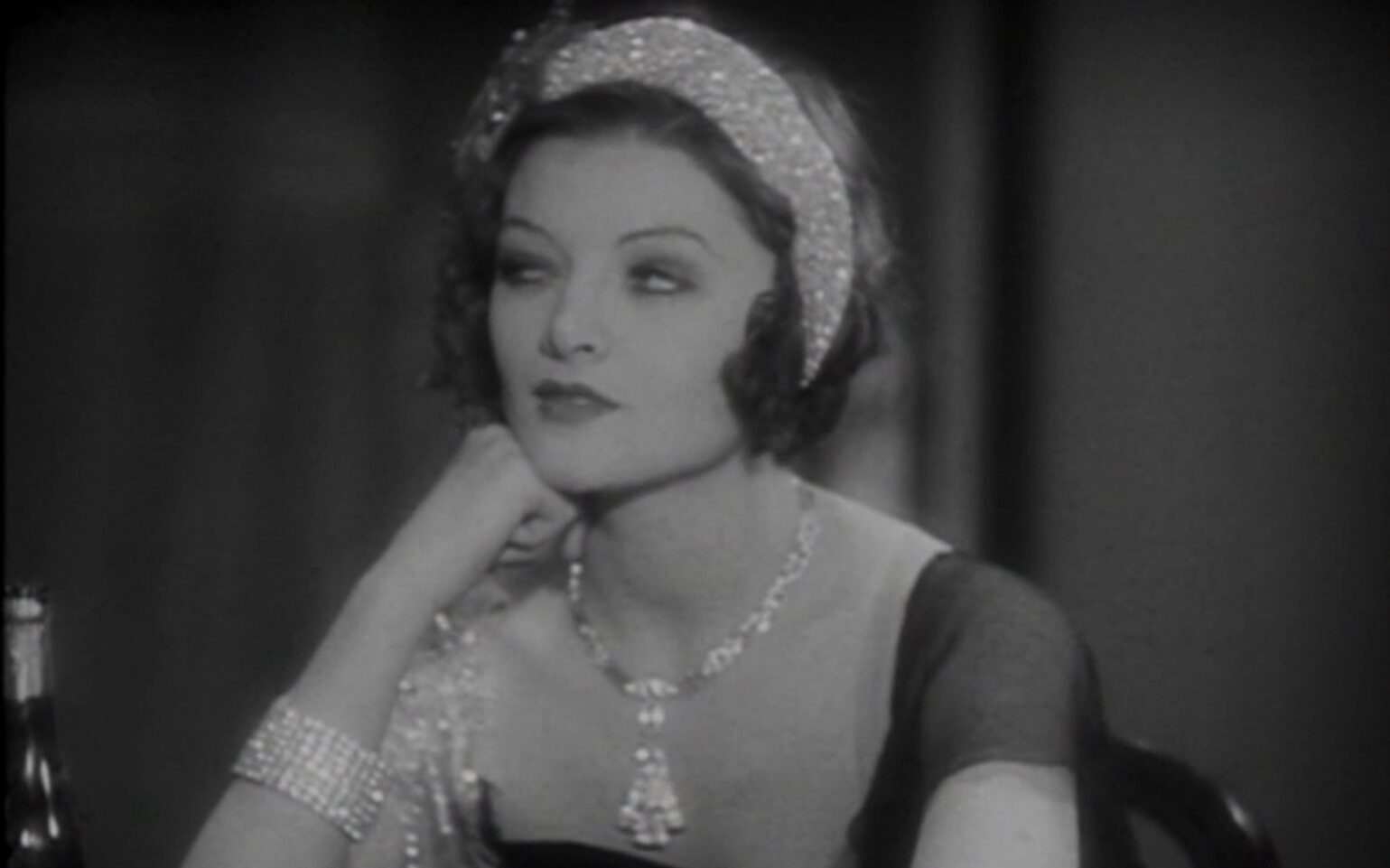
Dig through the pre-Code era through its highlights, its biggest hits, its essential films, and more.
